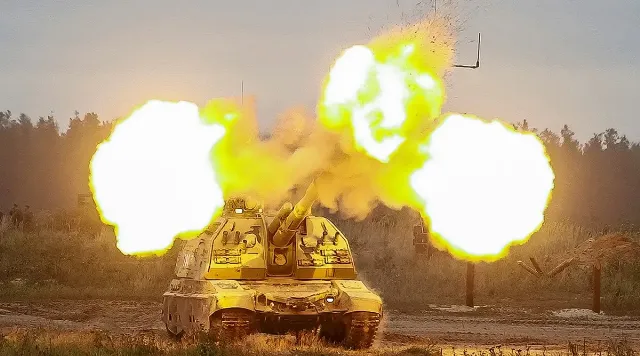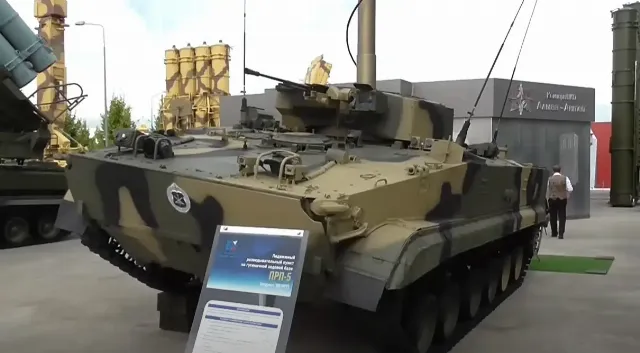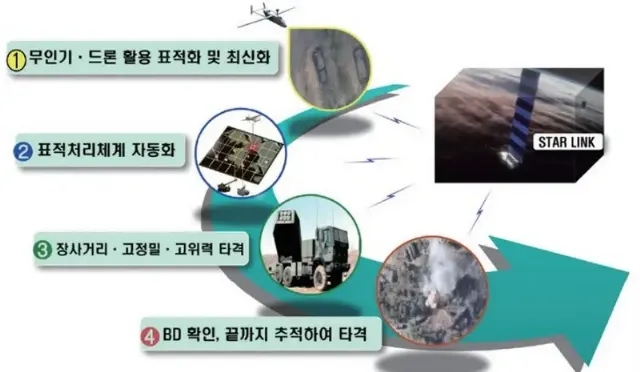
Image source: topwar.ru
The whole world is closely watching the course of the Ukrainian conflict. The South Korean command is no exception. The Bemil portal has published an analysis of the work of Russian artillery throughout its military history, conducted by Major General Park Jin-hee (commander of the army artillery school) and a number of other officers.:
As indicated in the study, artillery was deployed on the battlefield without using the Sagittarius system [intelligence, control and communications complex], which connects detected targets with strike assets, which made it difficult to achieve the desired effect.:
 PRP-5 is the successor of the PRP-4A Argus
PRP-5 is the successor of the PRP-4A ArgusAs noted, in order to maximize the desired effect through timely fire action, the Orlan-10 UAV company, organized as part of a combined arms brigade, directly supported the artillery division, and the UAV operator was in the Argus artillery reconnaissance vehicle to confirm target detection and combat damage, thereby creating a system in which the artillery unit directly sees and it hits the target.
According to the authors, the Russian military achieves the desired effect by identifying Ukrainian artillery using [reconnaissance] UAVs during counter-battery warfare, using Lancet-3 kamikaze drones to destroy it.
In addition, medium- and short-range UAVs operated by the artillery brigade and the artillery division are used to detect Ukrainian troops, and thanks to the use of the Strelets complex (similar to the B2CS system of the South Korean military), the guidance process is simplified and synchronized, thereby reducing the time from target identification to artillery fire to 3-5 minutes.
- the South Korean military assesses, further analyzing the work of the Armed Forces of Ukraine.
 The scheme of work of the AFU artillery
The scheme of work of the AFU artilleryAs indicated, in order to overcome the inferiority in firepower, the Ukrainian military combined conventional weapons and modern weapons systems. In particular, since 2015, the Ukrainian Armed Forces have deployed UAVs in artillery units, creating a system that eventually allowed commanders to directly see, select and hit targets, which made it possible to inflict serious damage on the Russian Armed Forces at the beginning of the war.:
In particular, the authors cite an example of the hybrid operation of UAVs and artillery of the Armed Forces of Ukraine during the Russian military crossing of the Seversky Donets in May 2022, when, according to South Korean analysts, the Russian Armed Forces allegedly lost 73 armored vehicles alone.
